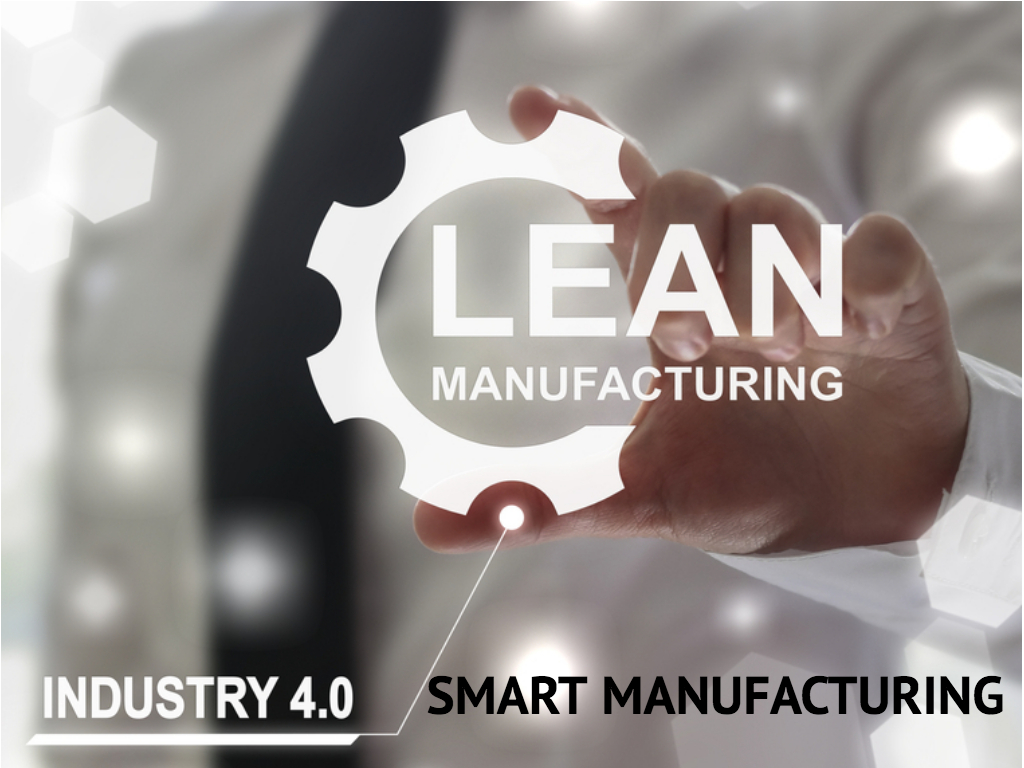
American manufacturing is reestablishing its global dominance after decades of decline. In spite of the drum beat of political rhetoric about tax breaks and other bi-partisan legislative incentives, the resurgence in American manufacturing is driven by automation with robotics and the application of Industrial Internet of Things (IIoT). The combination of automation and IIoT have come to be known as Smart Manufacturing or Industry 4.0.
Smart manufacturing enabled by the IIoT offers much greater visibility into processes, assets, and products. With IIoT, sensor data from the manufacturing environment is delivered to the Cloud for analysis.
One of the many breakthroughs that comes with Smart Manufacturing is the application of computer vision, an application of artificial intelligence (AI), to understand and interpret the actions on the manufacturing floor, drastically different from any existing systems such as Shop Floor Control and SCADA that requires human to configure and define the process and corresponding interpretations.
With Smart Manufacturing technologies, another major breakthrough comes via the techniques used in Lean Six Sigma to improve processes and reduce waste of all kinds. Lean was introduced to the United States via the Toyota Manufacturing System and its Just-In-Time (JIT) philosophy back in the 1970’s and 1980’s. Motorola introduced Six Sigma in 1986 as a framework for process improvement and variation reduction. The combined Lean Six Sigma approach to process improvement has proven successful for many years and in a variety of industries beyond manufacturing. For example, most all of the large global banks have Lean Six Sigma programs.
But there have been significant constraints to the success of Lean Sigma projects and initiatives in data collection and sustainability since its introduction:
- Data collection is often a labor-intensive and short-term snap-shot in time. Even when capturing large volumes of historical data, there is no easy means to continuously collect data throughout a project’s life cycle. This was less of an issue in the past with longer product life cycles and more stable processes. Today we operate in a very dynamic environment, with shorter and shorter product life spans, very demanding customers, rapid advances in automation, and mergers and acquisitions.
- Sustainability of process improvements has been a chronic problem for many years. Six Sigma’s project management framework meant that oversight ended at project’s end. It was hoped that a business owner would assume responsibility for continuing the new and improved process, but little was in place to assure this occurred. Lean applies a continuous improvement philosophy which should assure more sustainability but suffers from many of the same issues as Six Sigma projects.
My personal experience dates back some 30 years with Lean and 10 years with Six Sigma. We could never satisfactorily resolve the data collection and sustainability problems, even in very well-funded and well-supported projects. But help has finally arrived after all these years with Smart Manufacturing and IIoT.
Because the data is continuously gathered in an unobtrusive manner, the age-old Hawthorne effect is defeated – people acting differently when they know they are being observed. Hawthorne maintained that people would eventually revert back to their pre-project behavior once the observers departed. Therefore, the improvements were not sustainable. Hawthorne goes away and sustainability of process improvements is possible with continuous data collection, reporting, and alerts.
Continuous data collection is also great for flagging process changes with or without a formal project in place. Because real-time alerts generate new insights and are communicated to all relevant stakeholders, there is total transparency and accountability.
The marriage of Smart Manufacturing and Lean Six Sigma is just beginning to be understood. For those of us trained in traditional statistical-driven data collection, the changes are quite dramatic and a bit frightening. So much for all the classes in sampling techniques, when you can analyze all the data and over a very long period of time. At Atollogy, we provided these Smart Manufacturing techniques to help a variety of industries as diverse as machining, produce packing, and truck terminals to improve their Lean Six Sigma efforts.
Continuous improvement leaders will see an opportunity to dramatically improve both the quality and quantity of their efforts. The laggards risk losing their relevance and utility as their management embraces Smart and Lean Manufacturing.

